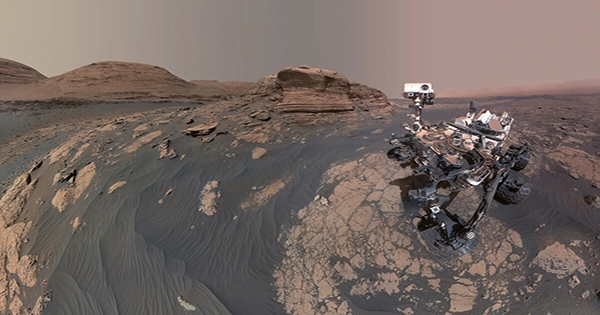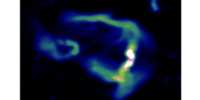China has finished its comprehensive Mars imaging, completing one of Tianwen-1’s primary tasks. On Wednesday, June 29, the China Aerospace Science and Technology Corporation—the principal subcontractor for the Chinese National Space Administration (CNSA)—announced the mission’s accomplishment on Weibo. The expedition was able to capture a number of high-definition photographs that are brimming with details and vivid color, as well as medium-definition images of the whole planet.
Tianwen-1, the nation’s first autonomous interplanetary exploration mission, was launched in July 2020 and was named after a proverbial poetry in Chinese titled “Heavenly Questions.” An orbiter, two deployable cameras, a lander, a remote camera, and the Zhurong rover make up its six-person crew. The Zhurong River and its lander took a “selfie” on the Martian surface in February 2021 after they arrived there thanks to its remote camera, which was then transmitted to their pleased Chinese parents.
Since then, the mission has been active, collecting 1,040 terabytes of raw data over more than 1,344 orbits while scanning and mapping the surface of the Red Planet. China claims that all of this tasty data would eventually be made available to scientists all across the world. This has a ton of breathtaking high-resolution photos, including vividly red images of some of Mars’ most significant and fascinating regions.
A collection of images illustrating the Valles Marineris, a massive network of canyons that stretches over the surface of Mars for more than 4,000 kilometers (2,500 miles) and descends to depths of up to 7 kilometers, may be found among the pictures (4 miles). Although the exact formation of this massive scar-like canyon is unknown, scientists believe that it began as a fracture during the planet’s cooling billions of years ago.
The Martian South Pole has also been captured on camera. This region of Mars is particularly exciting since it is home to a big subglacial lake of salty water, which may be our greatest chance of discovering signs of life on our neighboring planet. Despite the fact that Tianwen-1 would not have seen any swimming Martians down there, the photographs may nevertheless be useful to researchers looking for extraterrestrial life.
















